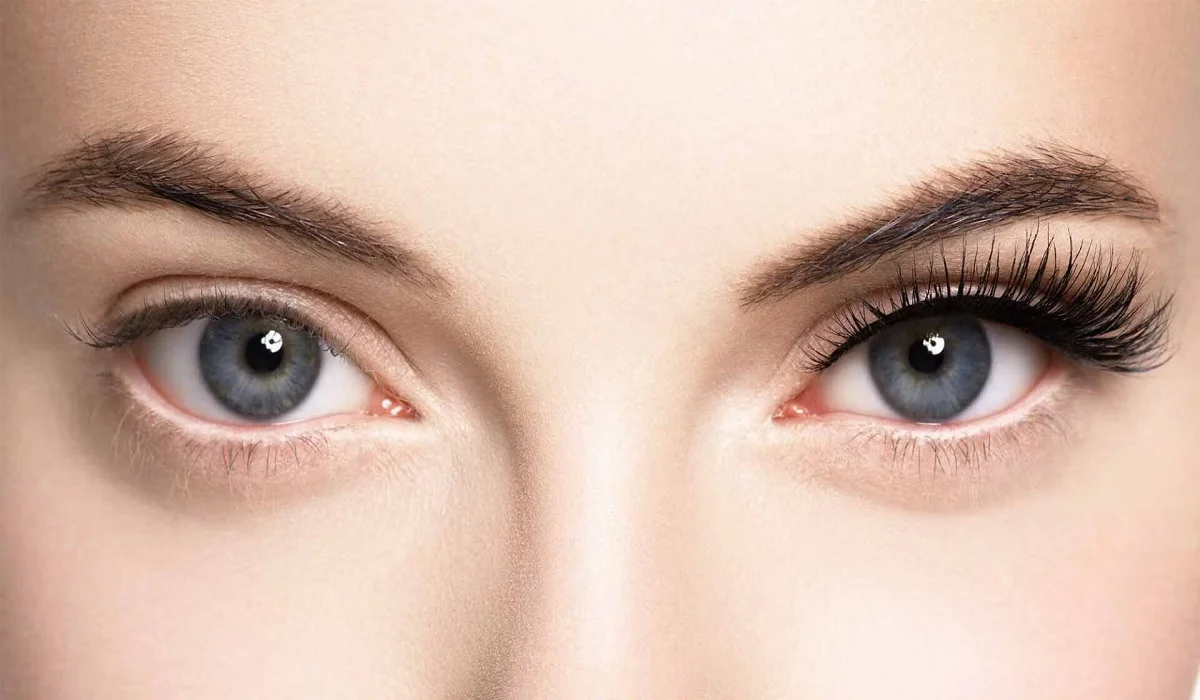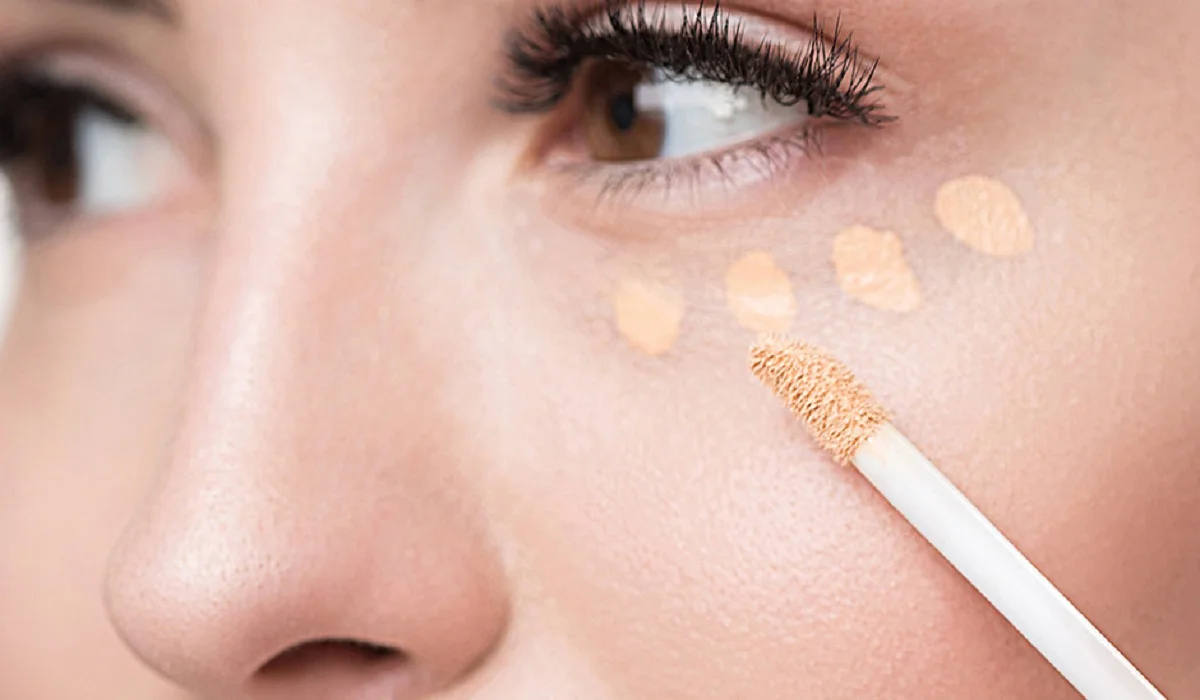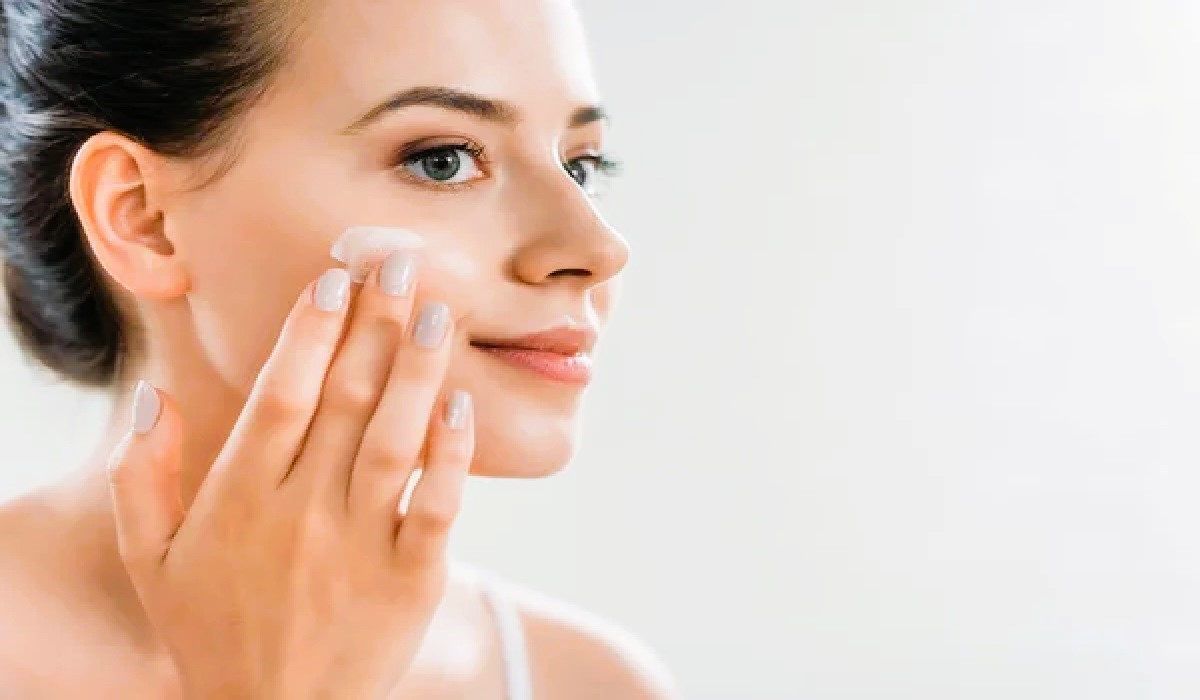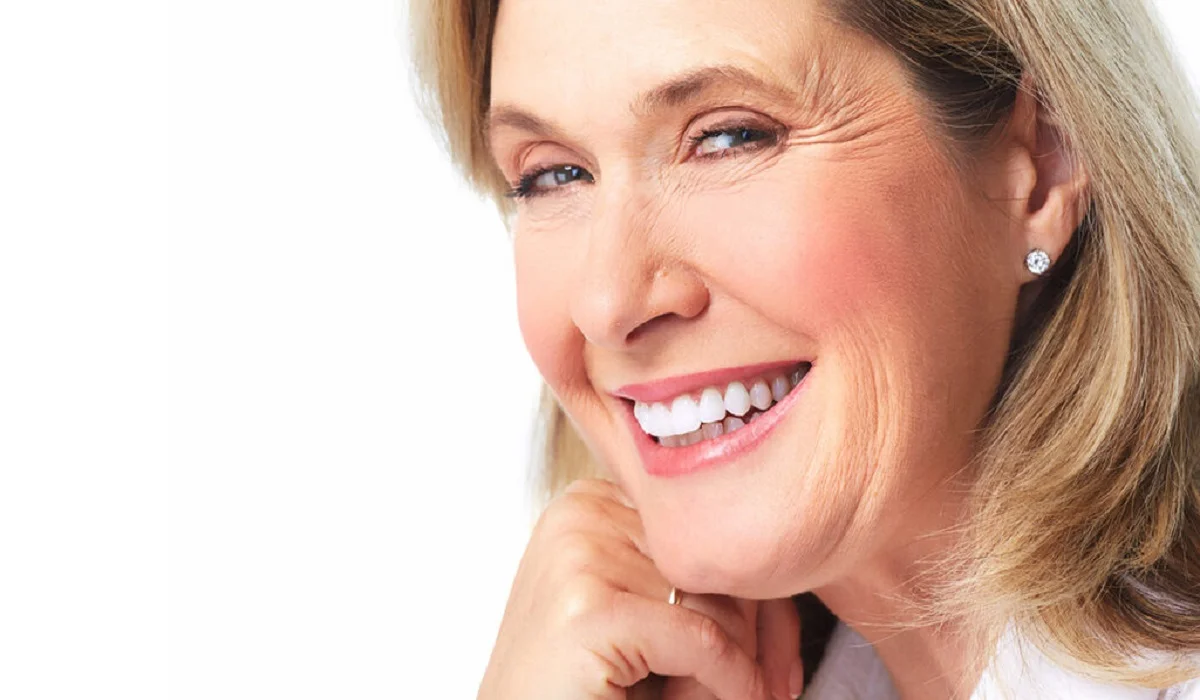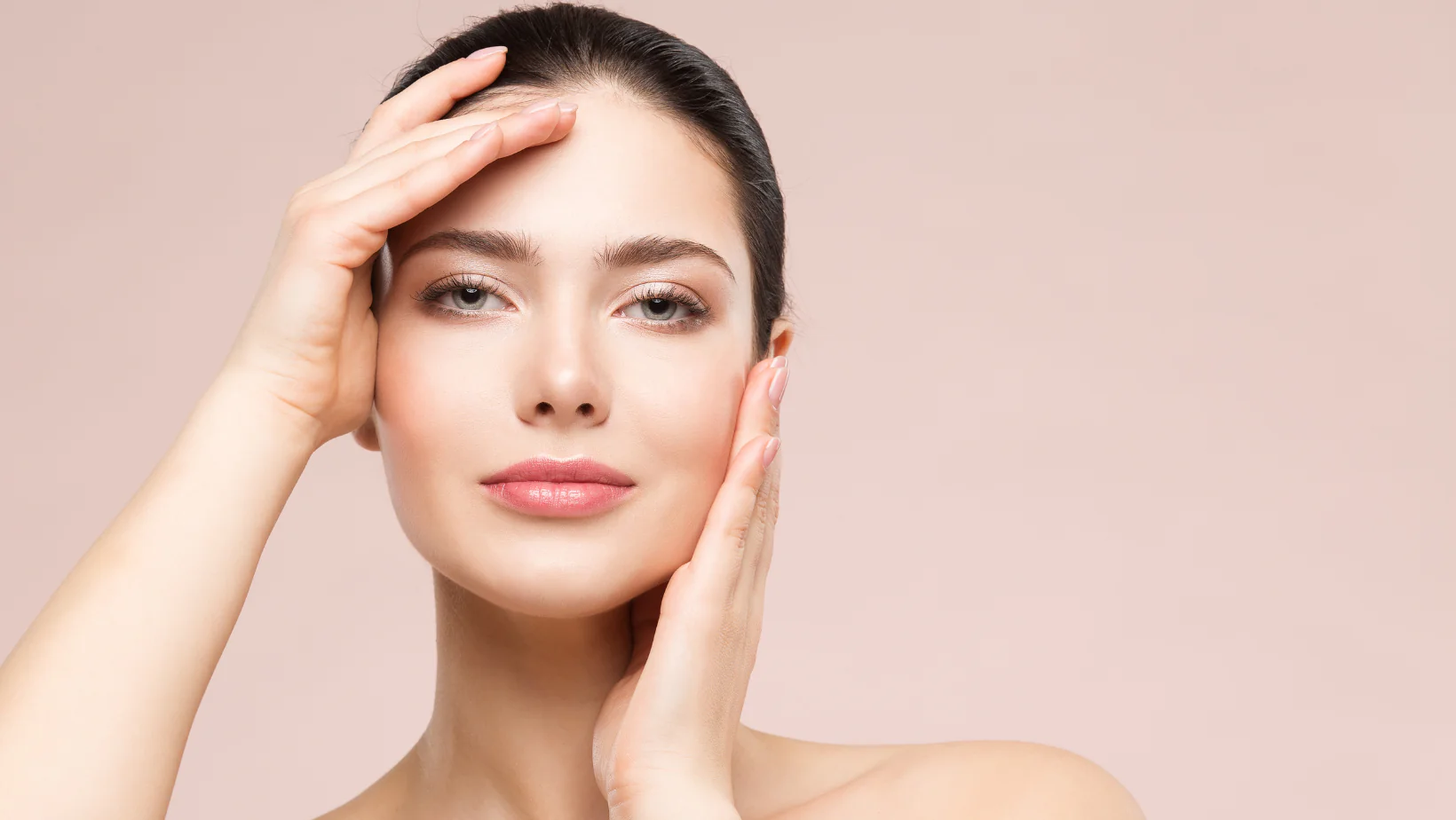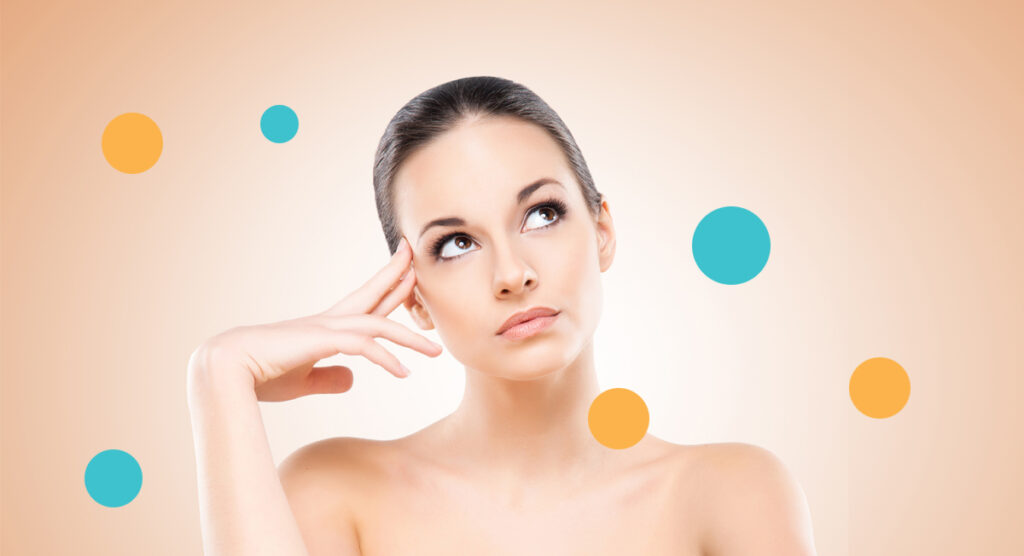
Facial warts are a common skin condition that affects many people around the world. They are small, raised, rough, and often flesh-colored or brownish growths that appear on the face, neck, or other areas of the body. While they are usually harmless, they can be unsightly and can cause embarrassment, especially if they appear on prominent areas of the face. In this article, we will discuss everything you need to know about facial warts, including their causes, symptoms, treatment, and prevention.
Causes of Facial Warts:
Facial warts are caused by a type of virus called human papillomavirus (HPV). There are more than 100 different strains of HPV, and some of them can cause warts to develop on the skin. HPV is highly contagious and can be spread through direct skin-to-skin contact or by touching surfaces that have come into contact with the virus. People with weakened immune systems are more susceptible to developing warts, including facial warts.
Symptoms of Facial Warts:
Facial warts are usually small, raised, and rough to the touch. They may appear as a single wart or in clusters, and can range in size from a pinhead to a pea. Facial warts can appear on any part of the face, including the forehead, cheeks, nose, chin, and around the eyes. They may be flesh-colored or brownish in color, and can have a rough or smooth surface.
Facial warts may also cause other symptoms, such as itching, bleeding, or pain. If a facial wart becomes irritated, it may bleed or become infected, which can lead to further complications.
Treatment of Facial Warts:
Facial warts can be treated using a variety of methods, depending on their size, location, and severity. Some of the most common treatments for facial warts include:
Topical medications: Over-the-counter creams and ointments containing salicylic acid or other chemicals can be applied directly to the wart to help dissolve it. These medications may take several weeks or months to work, and may cause mild irritation or redness.
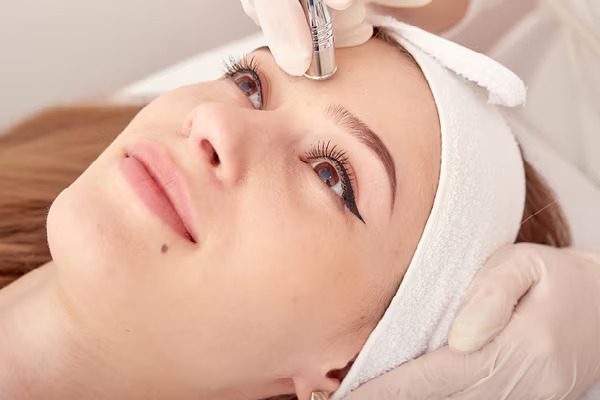
Cryotherapy: This involves freezing the wart with liquid nitrogen. This causes the wart to blister and eventually fall off. Cryotherapy is usually performed by a dermatologist and may require several treatments.
Laser treatment: This involves using a laser to destroy the wart tissue. Laser treatment is usually reserved for larger or more stubborn warts, and may require local anesthesia.
Surgery: In rare cases, surgery may be necessary to remove a facial wart. This is usually only recommended for large or painful warts that do not respond to other treatments.
Prevention of Facial Warts:
Preventing facial warts involves taking steps to reduce your risk of being exposed to the HPV virus. Some of the most effective ways to prevent facial warts include:
Practice good hygiene: Wash your hands regularly, especially after touching surfaces that may be contaminated with the virus.
Avoid touching your face: This can help reduce your risk of spreading the virus to your face.
Avoid sharing personal items: Do not share towels, razors, or other personal items that may be contaminated with the virus.
Wear shoes in public places: This can help reduce your risk of being exposed to the virus on the floor or other surfaces.
If you suspect you have a facial wart, it is important to see a dermatologist for an accurate diagnosis and appropriate treatment. Do not attempt to remove a facial wart yourself, as this can cause infection and scarring.
In addition to the treatments mentioned above, there are also some home remedies and natural treatments that may be effective for treating facial warts. These include applying duct tape, apple cider vinegar, tea tree oil, or garlic to the wart. However, it is important to talk to a healthcare professional before trying any home remedies to avoid complications or adverse effects.
Overall, the key to preventing facial warts is to practice good hygiene, avoid sharing personal items, and protect yourself from exposure to the virus. If you do develop a facial wart, seek medical attention for appropriate treatment and follow-up care. With the right care and precautions, facial warts can be managed effectively, allowing you to feel confident and comfortable in your own skin.


